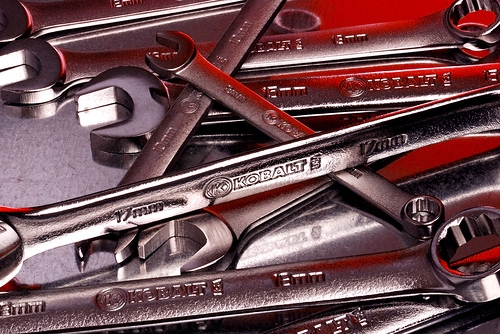
The Pilot is a crossover sport-utility vehicle manufactured by Japanese automaker Honda since 2003. For the 2009 model year, the Honda Pilot was redesigned. It has been offered in several trim levels and in both a front- or all-wheel-drive configurations. Despite Honda's reputation for quality and generally good reliability and safety ratings, the Pilot has been the subject of several common problems of which owners and potential buyers should be aware.
One of the most common problems with the Honda Pilot involves the automatic transmission in some older models. In some cases, drivers have experienced excessive noise when shifts occur, or rough shifts that shake the vehicle. Another common transmission symptom is a blinking "D" on the gear selector display. A faulty transmission can be found by running an electronic diagnostic. Although covered by a new Pilot's standard new vehicle powertrain warranty, transmission repair or replacement on older models can cost upwards of $3,000.
The other major area of concern with the Honda Pilot involves the interior accessories and electrical system. Window regulators have been known to fail, preventing the power automatic windows from operating. Some drivers have also had difficulty operating the radio, which might be most easily solved by installing an aftermarket sound system. In some cases, the electrical problems stem from the ignition and can result in a vehicle that is difficult to start or problems turning or removing the key from the ignition itself.
The Honda Pilot has been the subject of several recalls because of known issues with the vehicle's equipment. In 2008, more than 2,000 vehicles equipped with bicycle racks were recalled because of a problem with the rack that could cause injury to someone removing a bicycle. A recall in 2005 that affected just more than 200 vehicles was enacted to repair steering columns that had been assembled incorrectly. In 2004, more than 1 million vehicles were recalled because of a problem with the automatic transmission that could lead to premature wear and potential transmission failure.
The Pilot also has been recalled because of specific problems that posed a safety threat. In 2004, Honda recalled 61 vehicles that had been built with faulty gas tanks and were prone to leaking fuel. The Pilot also was involved in an action in 2006 in which more than a million vehicles were sold with service manuals that included incorrect contact information for the National Highway Traffic Safety Administration. Corrected information was sent to owners. A similar issue in 2004 dealt with Pilots that were sold with incorrect weight and tire size information stickers.
Another series of problems with the Honda Pilot are the general shortcomings that have been cited by drivers and automotive critics. In many cases, drivers and critics have pointed to a lack of power in newer Pilot models, since the same engine was used following the 2009 redesign despite a heavier vehicle. As a result, performance and fuel economy both suffer. Poor handling and long braking distances are additional common complaints. Drivers have also expressed dissatisfaction with the Pilot's dashboard instruments, which can be difficult to read and operate because of small buttons in an unusual configuration.